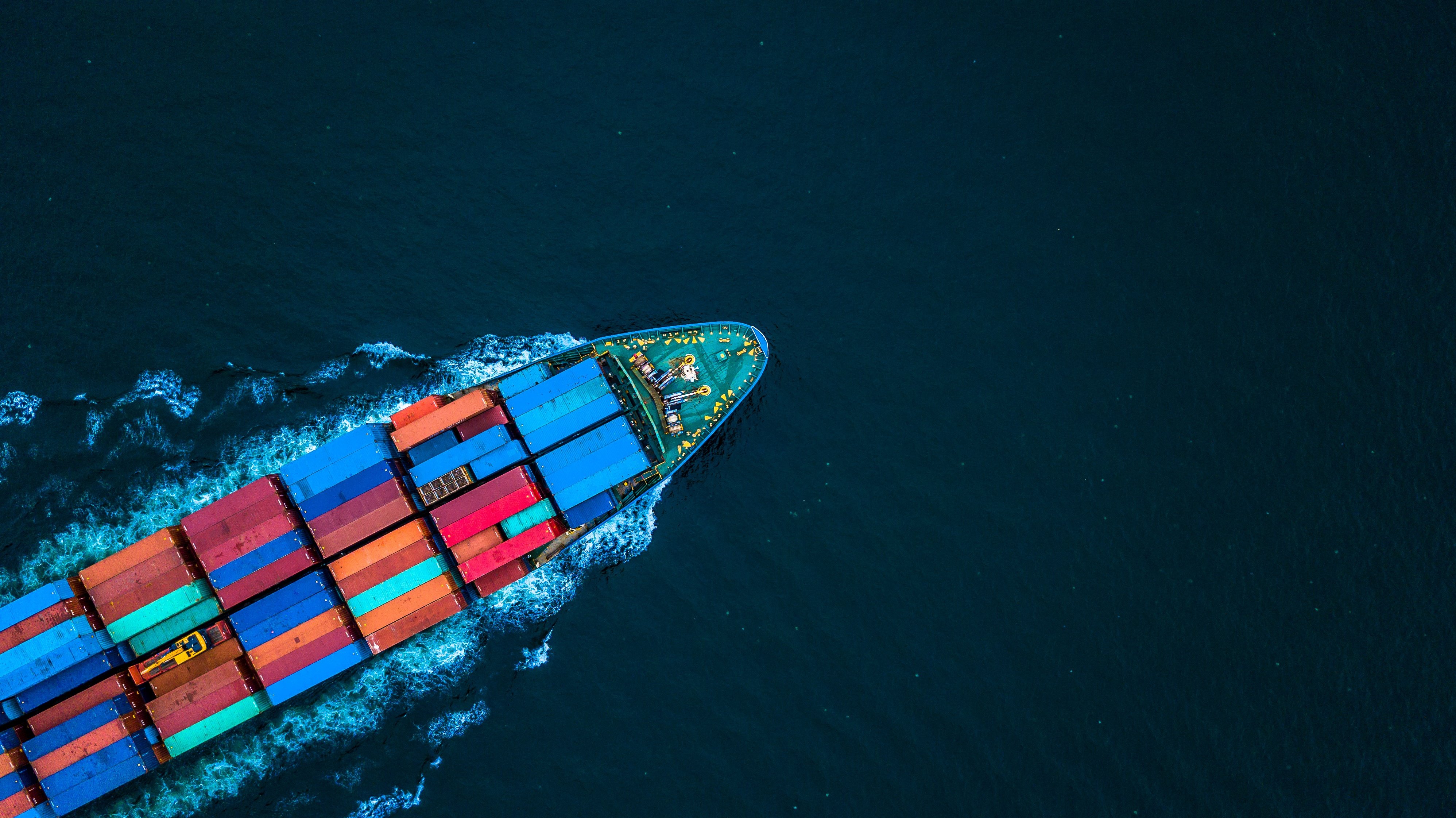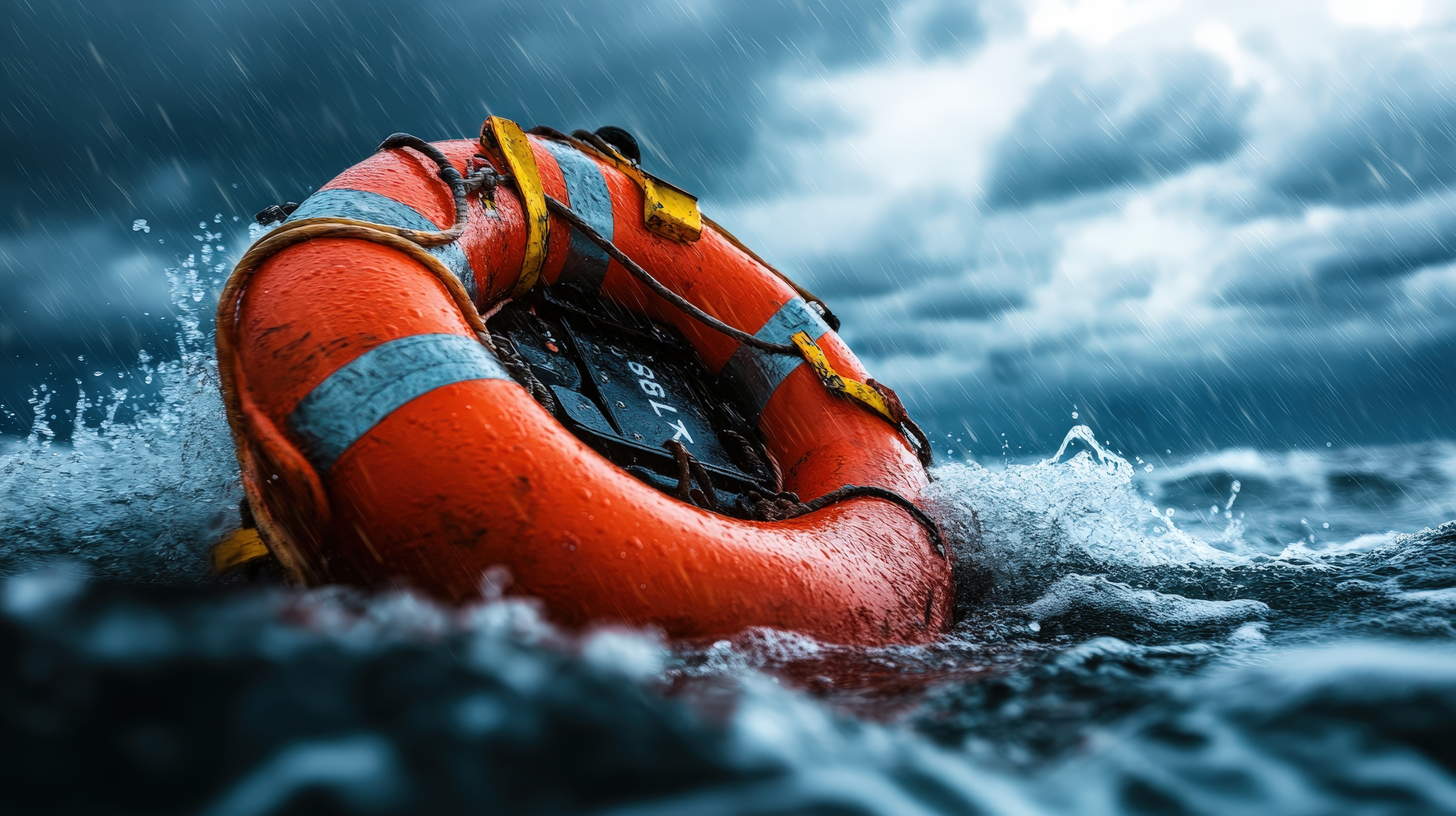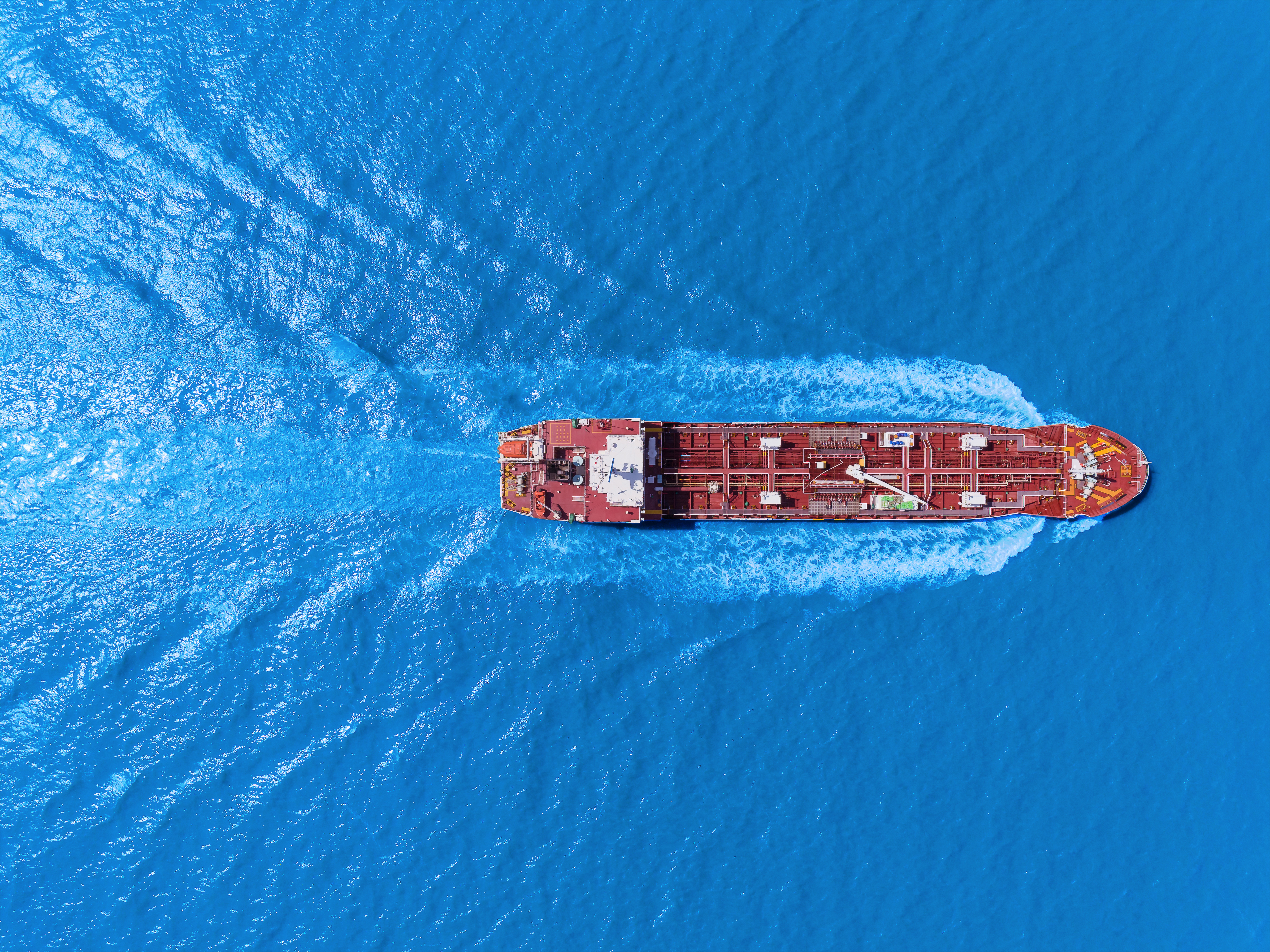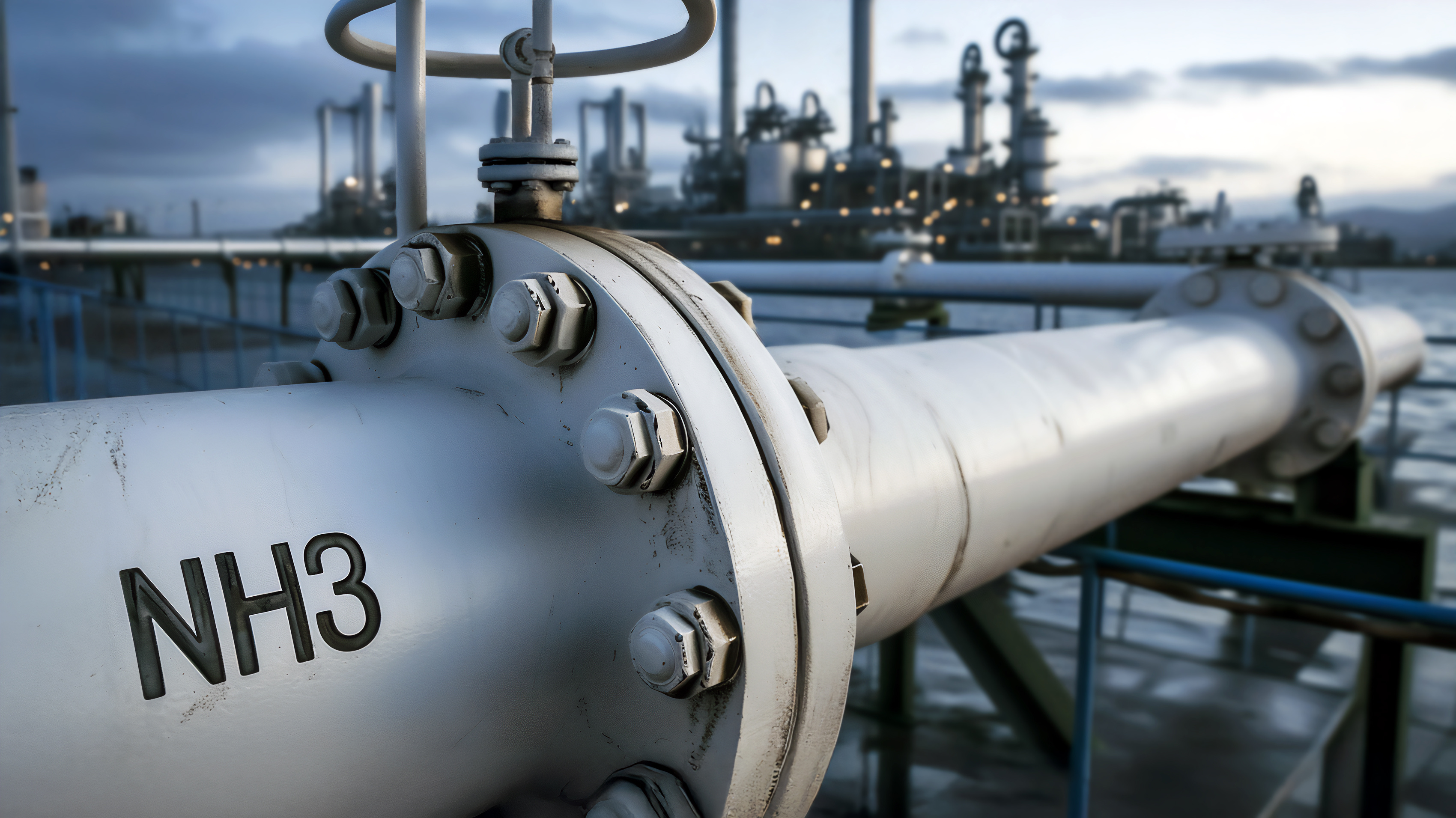
Summary
Under the direction of a pilot, a containership (about 40,000GT) departed port B on a course for port A, which was a voyage of about two hours. While docking at port A, the master believed the vessel’s speed was excessive and had doubts about the pilot’s operation of the vessel. As a result, the master took the con.
However, a sudden reduction in speed and a strong wind made it impossible to control the vessel’s attitude and the vessel collided with a gantry crane on the wharf. This accident damaged the ship’s bow, the wharf and gantry crane but there were no deaths or injuries.
Summary of the accident
0722 At a distance of about 2,000 meters from the berth at port A, the pilot ordered a heading of 285 degrees. The vessel began to turn toward a marker on the wharf that was the target for the vessel’s bow. The vessel was moving at dead slow ahead and the engine was subsequently used as needed. At that time, the speed was 6.8 knots and there was a northwest wind at an average speed of about 9.0m/s with gusts up to 13.3m/s.
0732 The pilot ordered a heading of 278 degrees and then used the bow thruster as needed.
0734 A crew member reported that the vessel’s course was unstable and that the vessel was swept away heavily by the wind (leeway of about 10 degrees) toward a moored vessel (car carrier) .
0735 The speed was 2.5 knots and the distance between the bow and wharf was about 260 meters.
0736 The master warned the pilot that the speed was too high. Immediately after the warning, the master took the con and ordered a tug to pull half astern and then full astern.
0737 At a speed of 1.4 knots, the vessel lost momentum and came close to the moored car carrier. At that time, the bow of the vessel was about 100 meters from the wharf.
0738 To avoid colliding with the moored car carrier, the master ordered full ahead and gave several conning orders.
0739 The vessel collided with the gantry crane.

Analysis
1) Master-pilot exchange of information
When departing from port B, the master gave the pilot a pilot card (see note 1), which has information about the vessel’s engine, steering and other items. The pilot provided information about the weather and submitted a pilot information card (see note 2). There was an explanation of the vessel’s course and an agreement to use one tugboat.
Although the pilot information card included the direction of the turn to leave the wharf, the number of tugboats and other items, there was no information about the bow target, heading and other items about berthing the vessel. The master believed that the pilot’s explanation was inadequate and closely monitored the pilot’s actions.
Note 1: A pilot card is a document given to a pilot by a vessel’s master that contains information about a vessel’s engine, steering and other characteristics.
Note 2: A pilot information card is a document given to a vessel’s master by a pilot that contains information about the intended course for entering a harbor and other items.
2) Testimony of the pilot
- I believe that I was able to communicate sufficiently with the master because there was a discussion with the master as the vessel was under way about measures to avoid a smaller vessel.
- Due to wind near the wharf, I decided to approach farther from the north than usual. However, due to the long distance from the wharf, I ordered a heading of 278 degrees in order to approach the wharf at a steep angle.
- Navigation plan: The pilot intended to maintain the vessel’s speed in order to resist the force of the wind pushing the vessel to port. After the stern had passed the moored car carrier, he then planned to increase reverse propulsion and run the main engine at half speed astern in order to move in front of the wharf and stop the vessel. Then he believed that astern propulsion would swing the bow to starboard due to the characteristics of a single-screw vessel with a right-handed propeller, bringing the vessel’s attitude parallel to the wharf. However, the pilot did not explain his plan to the master.
3) Testimony of the master
- The pilot did not explain his plans for the vessel’s heading, speed and berthing method. Therefore, I believed that I needed to closely watch the pilot’s actions.
- When we were even with the moored car carrier, the wind rapidly pushed us toward the wharf. Our speed exceeded 4 knots, which I felt was faster than the normal speed.
- I realized that the pilot’s speed reduction would not be enough to safely dock at the wharf. To stop the vessel, I took the con and ordered full astern.
4) The Pilots’ Association's Reference materials of Standards for maneuvering and mooring (See diagram)
The reference materials of the pilots association at this location recommends the following measures when approaching this berth from the port side.
- Under normal conditions, the heading is 285 degrees (bow target: intersection of berths 27 and 70)
- Under a strong wind, the heading is 290 degrees (bow target: meeting point of berths 70 and 71)
When this vessel was approaching the wharf, there was a northwest wind with a Beaufort wind force of 5. With a heading of 285 degrees, there was probably leeway of 3 to 5 degrees. As a result, the vessel should have used the 290 degree heading in the reference document in order to maintain an adequate distance on the port side. The pilot was aware of this recommended course but did not use the course for this approach.
Causes
1) Direct causes
- The master ordered full astern when he decided that the vessel was moving too fast toward the wharf at port as a force 5 northwest wind pushed the vessel toward the shore. However, the vessel lost momentum. As a result, the vessel was pushed toward a moored car carrier. The master ordered full ahead to prevent a collision but was unable to control the vessel’s attitude and the bow collided with the gantry crane.
- The pilot did not use the course recommended during a strong wind in the the Pilots’ Association's Reference materials and as a result the vessel became too close to the wharf and a moored vessel.
2) Root causes
- No master-pilot mutual trust: The master and pilot were unable to establish a relationship of mutual trust. As the vessel approached the wharf, the master decided on his own to take the con. This action was the result of uncertainty about the pilot’s plan for berthing the vessel, which in turn was caused by insufficient communication about how the vessel was to approach the wharf.
- Bridge resource management/bridge team management weakness: Due to the lack of trust, it was impossible to establish effective BRM/BTM between the bridge team and the pilot.
Lessons learned from this accident
1) Responsibility for conning the vessel after boarding pilot
When a pilot is on board, the master is obviously still responsible for the operation of the vessel. Consequently, the master and bridge team must constantly be aware of the pilot’s intentions when the pilot is giving helm commands. If there are doubts about the pilot’s actions, the pilot’s plan must be confirmed and the master must always be prepared to take the con if there is a risk to the vessel’s safety.
2) Intentions of the pilot
Immediately after the pilot boards the vessel, the pilot card, pilot information card and other items must be used to confirm the pilot’s intentions and plan for operating the vessel. Most of all, a discussion must take place about the pilot’s planned method for approaching the wharf and berthing the vessel. This discussion must include specific information about headings, speed, method for turning the vessel, use of tugboats and other items. If the plan needs to be altered to match the vessel’s characteristics, steering performance or other reasons, the final plan for operating the vessel must be determined after holding a discussion with the pilot. This plan must be explained to the entire bridge team and entered in the ECDIS and chart.
3) Bridge resource management/Bridge team management
The pilot and members of the bridge team are often meeting each other for the first time. Language problems may make it difficult to communicate. As a result, there is a significant risk of a misunderstanding concerning the intentions and plans of the pilot and the bridge team. Discussions must cover all points thoroughly and care is needed to ensure that both sides understand each other. This is vital for establishing a relationship based on mutual trust. The bridge team needed to report information believed to be required by the pilot as much as possible and to be willing to question the pilot if there was even a minor doubt about the intent or plan concerning the vessel’s operation. The key point is that participation of the pilot as a member of the bridge team and BRM/BTM is essential for the safe operation of a vessel.
Reference
Japan Transport Safety Board
Marine Accident Investigation Report MA2020-7
https://www.mlit.go.jp/jtsb/eng-mar_report/2020/2018tk0012e.pdf





